Geology Reference
In-Depth Information
◗
Figure 20.25
Reconstruction of the
Taconic Highlands and Queenston Delta
Clastic Wedge The Queenston Delta clastic
wedge, resulting from the erosion of the
Taconic Highlands, consists of thick, coarse-
grained detrital sediments nearest the
highlands and thins laterally into fi ner-grained
sediments in the epeiric seas covering the
craton.
Queenston Delta
clastic wedge
Epeiric sea
Taconic Highlands
Craton
Upper
Ordovician
Lower
Ordovician
Cambrian
◗
Figure 20.26
Formation of
Laurasia Block diagram showing the
area of collision between Laurentia and
Baltica. Note the bilateral symmetry of
the Catskill Delta clastic wedge and the
Old Red Sandstone and their relationship
to the Acadian-Caledonian Highlands.
Laurentia
Laurasia
Acadian-Caledonian
Highlands
Baltica
Epeiric sea
Catskill Delta
clastic wedge
Epeiric sea
Suture zone
Continental crust
Old Red Sandstone
clastic wedge
mobile belts of North America mark the zone along
which Europe (part of Laurasia) collided with Gondwana
(Figure 20.3). While Gondwana and southern Laurasia col-
lided during the Pennsylvanian and Permian periods in the
area of the Ouachita mobile belt, eastern Laurasia (Europe
and southeastern North America) joined together with
Gondwana (Africa) as part of the
Hercynian-Alleghenian
orogeny
(Figure 20.4a).
Initial contact between eastern Laurasia and Gondwana
began during the Mississippian Period along the Hercyn-
ian mobile belt. The greatest deformation occurred during
the Pennsylvanian and Permian periods and is referred to as
the
Hercynian orogeny.
The central and southern parts of the
Appalachian mobile belt (from New York to Alabama) were
folded and thrust toward the craton as eastern Laurasia and
Gondwana were sutured. This event in North America is
referred to as the
Alleghenian orogeny.
These three Late Paleozoic orogenies (Hercynian,
Alleghenian, and Ouachita) represent the final joining of
Laurasia and Gondwana into the supercontinent Pangaea
during the Permian.
During the Neoproterozoic and Early Paleozoic, the Cordille-
ran area was a passive continental margin along which extensive
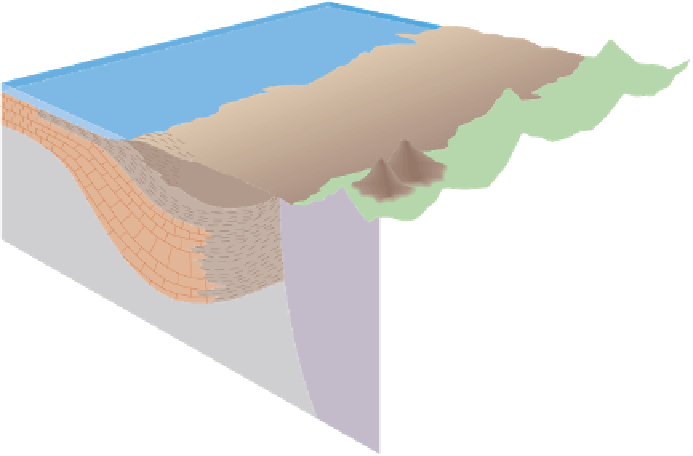









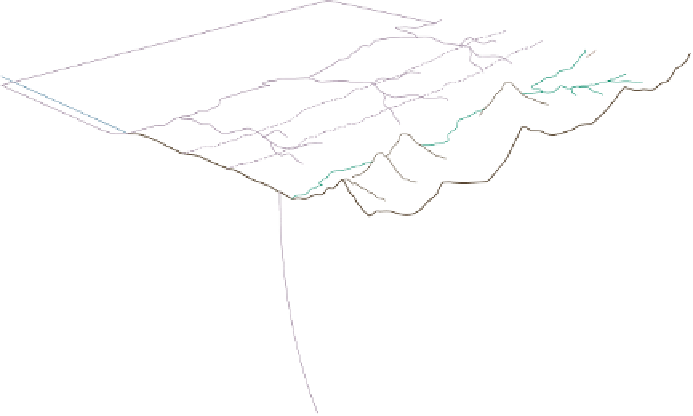




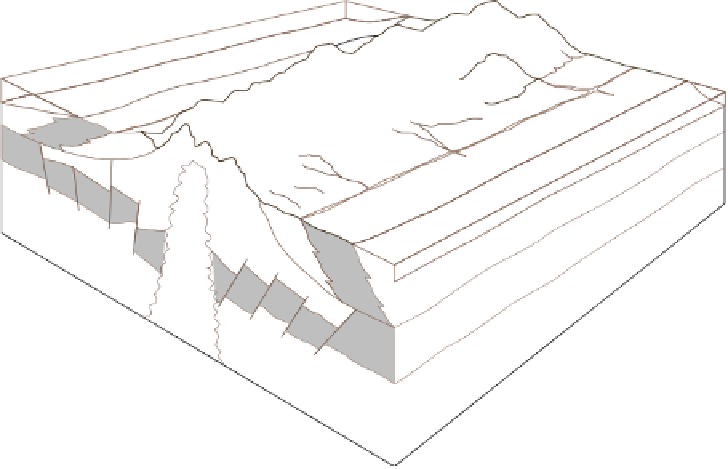
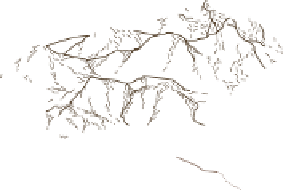

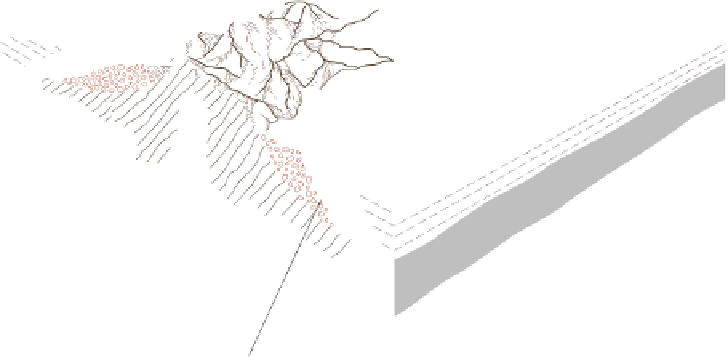







Search WWH ::

Custom Search